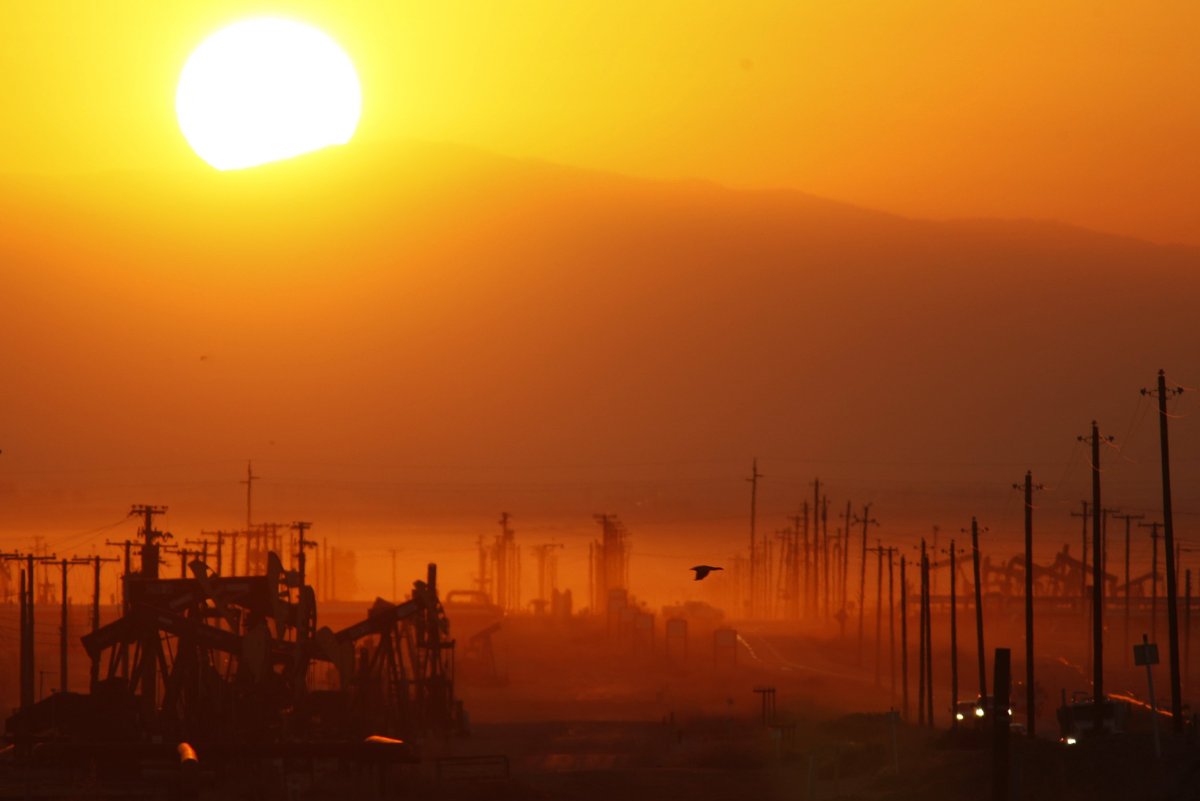In 2014, the Intergovernmental Panel on Climate Change (IPCC) warned that limiting global warming to 2C by 2100 could not be achieved without employing technologies to drawdown carbon from the atmosphere.
A recently released report by the same UN body highlighted the huge risks global warming poses—from human health and food and water security, to terrestrial and marine biodiversity and economic growth. The main thrust, however, was that the impacts would be much worse and far more challenging under 2C warming.
This special report underscores the importance of innovations for effective carbon dioxide removal (CDR) and other geoengineering or climate engineering methods to slow down global warming.
In this context, multiple committees were assembled under the aegis of the US National Academy of Sciences (NAS) to consider the cost, risk, feasibility, ethics, governance, equity and scalability of various CDR approaches. Previous terminologies referred to CDR as geoengineering or climate engineering.
NAS committees considered that "engineering" as a descriptor implies precision and control—as a result, "climate intervention" was adopted as the more appropriate terminology for human efforts to reduce its own impact on climate. Climate intervention invokes CDR as well as Albedo Modification (AM) for tempering global warming. AM is often referred to as Solar Radiation Management and it involves trying to reflect some of the inbound sunlight away from Earth.

Global response to climate change has focused on mitigation which aims to reduce greenhouse gas (GHG) emissions (via renewable energy, low-emission technologies and lifestyles) and adaptation that focuses on reducing human vulnerability to impacts of inevitable climate change.
Even technologically feasible mitigation options have been slow to be implemented due to socioeconomic and political challenges in adopting them. Adaptation has been a part of human existence throughout human evolution in terms of migrations, crop selections, water harvesting and storage approaches, and so on. The continued and substantial loss of life and property due to climate hazards however indicates that human adaptation may always be a step behind in reducing vulnerabilities.
Sending sunlight back into space
AM draws its inspiration from volcanic eruptions, which pump aerosols into the atmosphere that cool global temperatures for several years following the eruption. For example, Mount Pinatubo in the Philippines belched out 20 million tons of sulfur dioxide in June 1991 which cooled global mean temperatures by 0.3C for three years. While AM can be faster and cheaper than CDR and can produce larger climate impacts, it only masks global warming and ocean acidification as it does not reduce GHGs.
Not only are there unknown risks with AM, the rebound effects when AM is terminated can be severe. Benefits and risks will not be uniformly distributed.
Volcanic eruptions have led to great literature and art like Frankenstein, Dracula and Edvard Munch's Scream. But they were also blamed for crime and poverty. Volcanoes also lead to ozone depletion and crop failures with unknown impacts on physical and psychological health. The NAS committees recommend that research is a must to understand the risks, ethics, equity, governance, etc. of AM. Small-scale field experiments are also advocated for collecting data on risks and benefits. The most important behavioral aspect to be understood is whether the cooling effects of AM will negatively impact emission reduction efforts.
Removing carbon dioxide
Natural processes such as photosynthesis and storage in forests, grasslands, and oceans now hide away up to half of human emissions even though these natural sinks tend to weaken with warming. For example, soil respiration increases and ocean uptake decreases with warming. Additional carbon sequestration via CDR is much less risky than AM but can be costlier and much slower. CDR can greatly augment natural carbon sequestration.

Human-designed CDRs include Bio Energy and Carbon Capture and Sequestration (BECCS) and Directs Air Capture and Sequestration (DACS), terrestrial and geologic carbon capture and sequestration, and coastal blue carbon approaches.
BECCS relies on using biofuels such as switchgrass for producing energy while capturing the carbon emitted at source and sequestering it safely. Terrestrial capture relies on enhancing natural sinks like forests, grasslands and soils as well as adding biochar (charcoal produced from vegetation to enhance CO2 absorption) to soils. Energy security, enhanced biodiversity and ecosystem services are the co-benefits of these CDRs.
Long-term carbon sequestration would rely on injecting captured carbon into saline aquifers, oil and gas fields, coal beds, and into oceans. Geologic capture and sequestration exploits reactions with silicate rocks to mimic natural weathering processes and also direct CO2 injection into pore spaces of sedimentary rocks. The longevity of these chemical or structural trapping of carbon could be affected by seismicity and leakage.
DACS methods are essentially mineral carbonation (also referred to as accelerated weathering) with various chemical sorbents and solutions as well as electrostatic absorption with vastly varying capacities for the volume of CO2 that can be captured. These precipitate CO2 out of the air in various flow-through designs. Capturing carbon at point sources such as power plants is far easier than drawing it down directly from the air. In addition to the big oil companies such as Shell and Chevron, a handful of startups have been touting DACS technologies.
Switzerland now boasts the first commercial DACS, which was installed in 2017 and draws down a modest 900 tonnes of CO2 per year (annual global emission in 2017 was nearly 37 Giga tonnes). This small step for Switzerland, but may well serve as a giant step for humanity.
Blue carbon
Carbon assimilated by ecosystems and taken up by the ocean is referred to as blue carbon. Coastal blue carbon approaches are important since mangroves, tidal marshes and seagrass meadows sequester several times more carbon than the tropical, temperate and boreal forests.

Several bottom-up initiatives from New York to Florida to Puerto Rico have implemented new wetlands for filtration and flood protection. But these serve as coastal blue carbon sequestration efforts as well. Considering their role in mitigating the impacts of hurricanes, cyclones and typhoons as well as improving habitats for fisheries and aquaculture, the co-benefits of coastal blue carbon methods can hardly be overemphasized.
A grand challenge
Humanity's dalliance with global warming continues to be a two-step-forward-and-one-step-back dance. Two main reasons for this are that all global warming is local when it comes to impacts and this means there will be winners and losers under global warming. Global warming for example may make Siberia the bread basket of the world. With the ozone hole problem, all of humanity would lose and the solution was a single action agreement of replacing CFCs with HFCs. Global warming requires technological as well behavioral changes. The latter has proven to be monumentally difficult to bring about in any context considering the differences in cultures and value systems.
Climate intervention offers a grand challenge but can serve to offer a vision of the future that may bring global action. Governance, policies, incentives and socioeconomic constraints of climate intervention to safely navigate our common future will continue to be debated as the ravages of climate change continue to wreak havoc across the globe.
We can hope that the gentle breeze experienced by future generations will be the clean air flowing through those beautiful artificial trees drawing down carbon so that humanity can focus on exploring the Earth, solar system and beyond without worrying about global warming.
Raghu Murtugudde is a Professor of Atmospheric and Oceanic Science and Earth System Science at the University of Maryland. He is currently a Visiting Professor at the Indian Institute of Technology, Bombay in India. His research focuses on the role of the oceans on climate variability and change including the biological feedbacks on climate.
The views expressed in this article are the author's own.
Uncommon Knowledge
Newsweek is committed to challenging conventional wisdom and finding connections in the search for common ground.
Newsweek is committed to challenging conventional wisdom and finding connections in the search for common ground.
About the writer
Raghu Murtugudde is a Professor of Atmospheric and Oceanic Science and Earth System Science at the University of Maryland. He ... Read more
To read how Newsweek uses AI as a newsroom tool, Click here.








